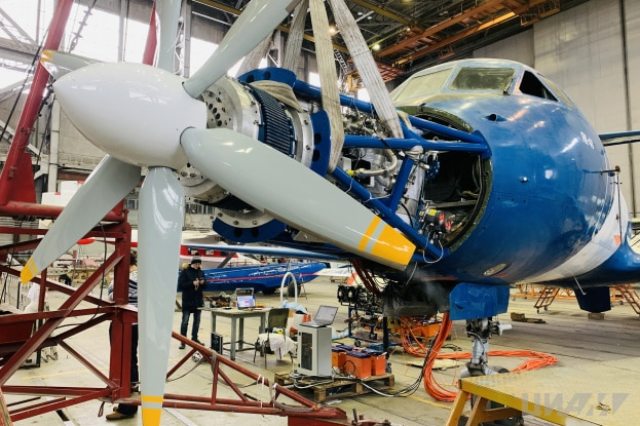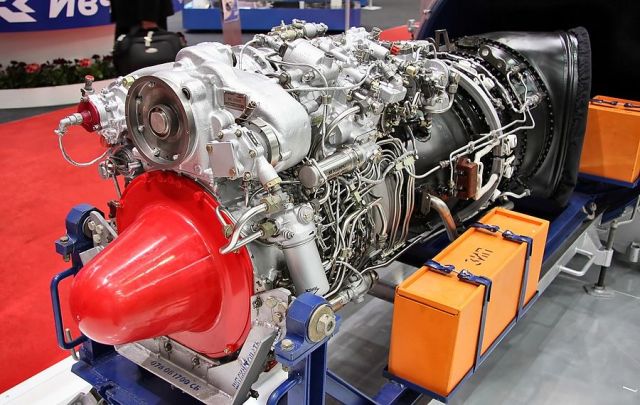This year, CIAM specialists will begin work on a hybrid power plant using hydrogen as fuel.
RIA Novosti reported about the imminent start of work on a hydrogen aircraft engine with reference to the press service of CIAM. The hybrid power plant will be created on the basis of the VK-2500 aircraft engine, which has become a further development of the TV3-117 family.
In February last year, flight tests of the Yak-40LL flying laboratory began in Russia. It was equipped with a superconducting electric aircraft engine with a capacity of 500 kilowatts.
The capacity of the new hybrid power plant should be 1.5-2.0 megawatts. "Its feature will be the use of not only a more powerful drive based on the VK-2500 engine, but also the use of liquid hydrogen as fuel and refrigerant," the CIAM statement says. A sharp increase in power with the same mass-dimensional characteristics will allow a decrease in temperatures.

Yak-40LL Flying Laboratory with innovative superconducting electric motor
Image source: ciam
Plans to create a hydrogen version of the VK-2500 in CIAM have been announced before. As noted, this may take about five years. A hydrogen aircraft demonstrator can be created after 2035.
Hydrogen planes are increasingly being talked about in the West. As it became known last year, the specialists of the British company Electric Aviation Group (EAG) chose a hydrogen fuel cell-based power plant for their promising H2ERA passenger airliner.
Even earlier, the media reported that H2Fly and Deutsche Aircraft had joined forces to create a hydrogen fuel cell passenger aircraft. The technology demonstrator should take to the skies for the first time around the middle of the decade, and an airliner suitable for commercial operation may appear by 2030.
The attention of specialists was also attracted by Airbus, which a few years ago announced that it would be able to put into operation hydrogen-powered airliners by about 2035.
It should be noted that Russia is currently implementing several major projects in the civil aircraft industry, including the development of new engines. The most important one can be called the promising MS-21 airliner, which uses the PD-14 as the basis of the power plant.
Last year, his gas generator was tested with volcanic ash. The first flight of the MS-21-310, which received the PD-14, took place at the end of the year before last.

